Data Objects

Connio clients can read/write data from/to the platform using the Data Services API. A Property represents a sub resource under Device and App entities to store data. Atomic read/write operations should be run against properties.
Each property has a retention policy that can be set by the user. If set to historical, the Connio platform stores every value written into this property in the system time-series database for the duration defined by the retention policy. If set to mostrecent, only the most recent data written into this property can be queried. See Properties and Reading Data for details.
For example, in order to capture time-series data from a temperature sensor, it would be sufficient to create a number type property with retention policy historical. We usually call a data value written into a property a data point because of its temporal nature. In Connio, it is also possible to associate any data point with a geo-coordinate (or capture location).
Data Lifecycle and OwnershipAlthough data points stored in the system time-series database might contain references to their data sources, no ownership relationship is established automatically between them. Removing a data source do not cause its data points to be removed from the database. This requires careful management; beware of possibility of having orphan data points in your database.
All data interaction with the Connio platform evolves around 3 types of data objects. These objects are:
| Type | When | Description |
|---|---|---|
| Data Feed | Data in transit | Encapsulated multiple incoming data points. |
| Data Point | Data in transit | Single unit of temporal data. |
| Data Value | Data at rest | Enriched version of data point. |
Updated 7 months ago
